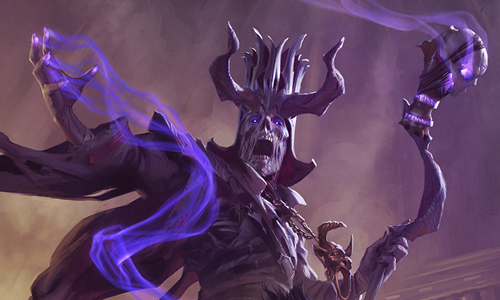Lhynn
Arcane
- Joined
- Aug 28, 2013
- Messages
- 10,073
Wondering about homebrewing
Would you (any of you) allow a feat much like shieldmaster
Shield Master
You use shields not just for protection but also for
offense. You gain the following benefits while you are
wielding a shield:
• If you take the Attack action on your turn, you can use
a bonus action to try to shove a creature within 5 feet
of you with your shield.
• If you aren’t incapacitated, you can add your shield’s AC
bonus to any Dexterity saving throw you make against
a spell or other harmful effect that targets only you.
• If you are subjected to an effect that allows you to
make a Dexterity saving throw to take only half dam -
age, you can use your reaction to take no damage if
you succeed on the saving throw, interposing your
shield between yourself and the source of the effect.
But instead was for people that either use a 1 handed weapon or no weapon at all.
You gain the following benefits while you are you have a free hand:
• If you take the Attack action on your turn, you can use
a bonus action to try to grapple, or shove a creature within 5 feet
of you with your free hand.
• If you aren’t incapacitated, you can add your proficiency bonus
to any Dexterity saving throw you make against
a spell or other harmful effect that targets only you.
• If you are subjected to an effect that allows you to
make a Dexterity saving throw to take only half dam -
age, you can use your reaction to take no damage if
you succeed on the saving throw, as you use your free
hand to help you move out of the way.
But with an added grapple option, for extra flexibility in exchange of the bonus AC and possible magical effects you could be getting if you used an item in your other hand?
Would you (any of you) allow a feat much like shieldmaster
Shield Master
You use shields not just for protection but also for
offense. You gain the following benefits while you are
wielding a shield:
• If you take the Attack action on your turn, you can use
a bonus action to try to shove a creature within 5 feet
of you with your shield.
• If you aren’t incapacitated, you can add your shield’s AC
bonus to any Dexterity saving throw you make against
a spell or other harmful effect that targets only you.
• If you are subjected to an effect that allows you to
make a Dexterity saving throw to take only half dam -
age, you can use your reaction to take no damage if
you succeed on the saving throw, interposing your
shield between yourself and the source of the effect.
But instead was for people that either use a 1 handed weapon or no weapon at all.
You gain the following benefits while you are you have a free hand:
• If you take the Attack action on your turn, you can use
a bonus action to try to grapple, or shove a creature within 5 feet
of you with your free hand.
• If you aren’t incapacitated, you can add your proficiency bonus
to any Dexterity saving throw you make against
a spell or other harmful effect that targets only you.
• If you are subjected to an effect that allows you to
make a Dexterity saving throw to take only half dam -
age, you can use your reaction to take no damage if
you succeed on the saving throw, as you use your free
hand to help you move out of the way.
But with an added grapple option, for extra flexibility in exchange of the bonus AC and possible magical effects you could be getting if you used an item in your other hand?
Last edited:











![Have Many Potato [2013] Codex 2013](/forums/smiles/campaign_tags/campaign_potato2013.png)
![The Year of Incline [2014] Codex 2014](/forums/smiles/campaign_tags/campaign_incline2014.png)
![Glory to Codexia! [2012] Codex 2012](/forums/smiles/campaign_tags/campaign_slushfund2012.png)












